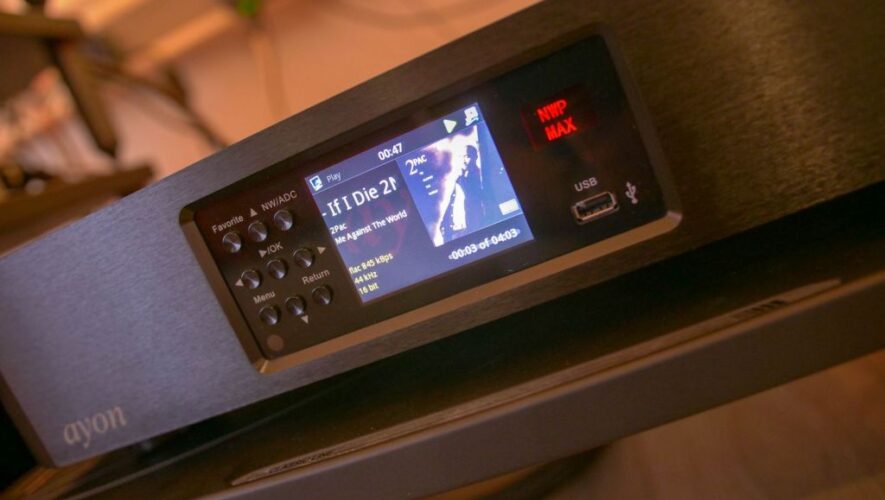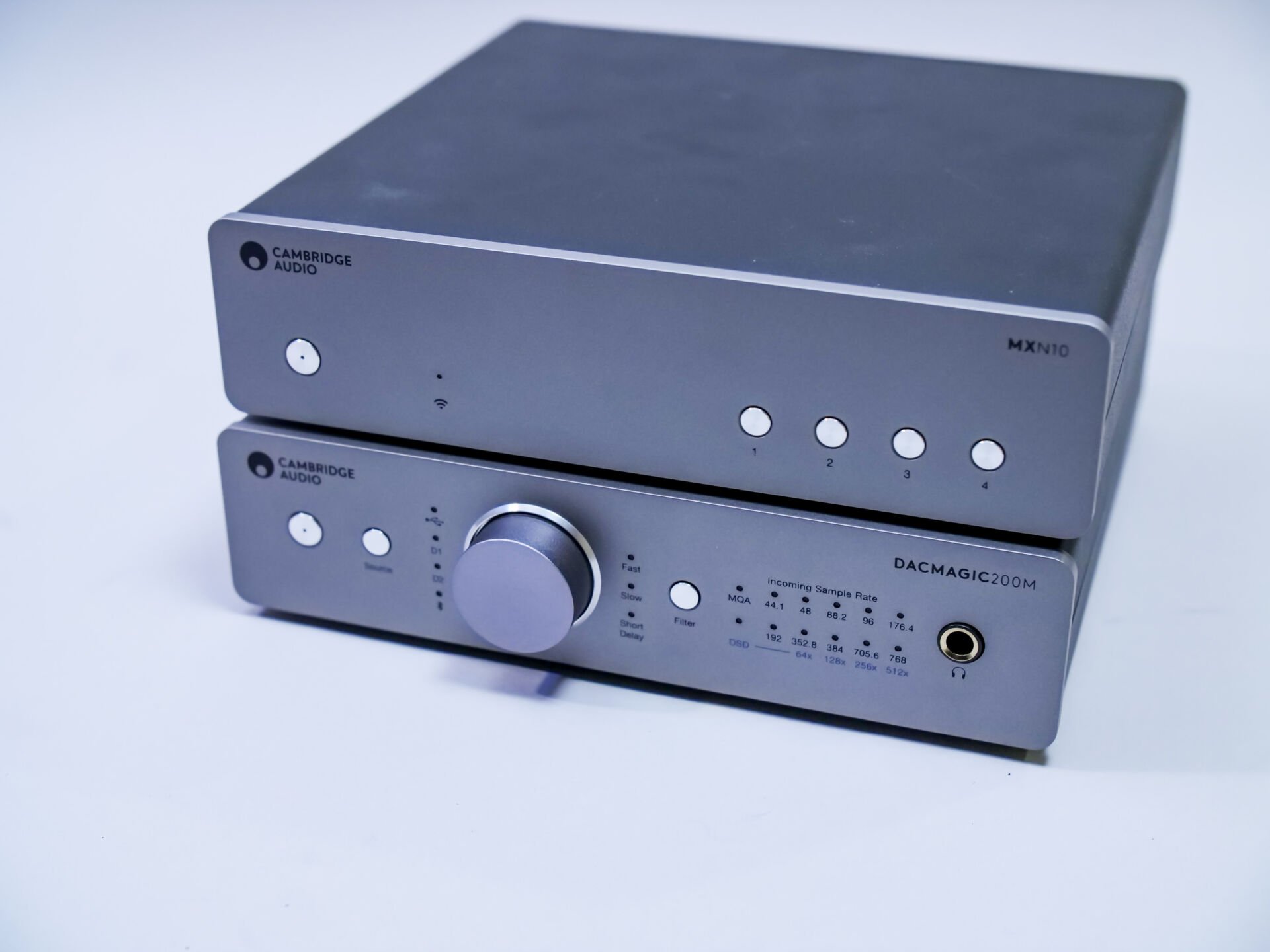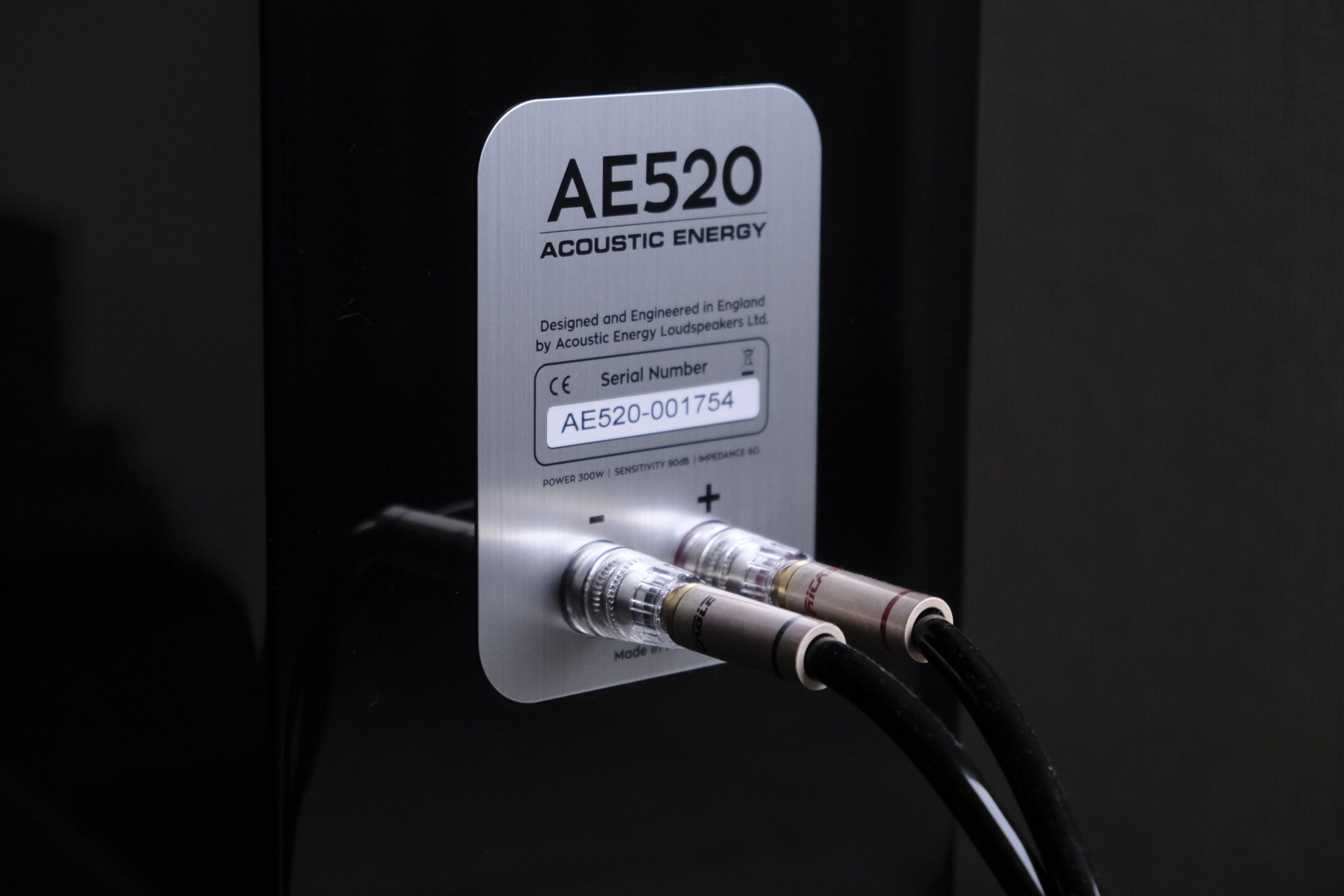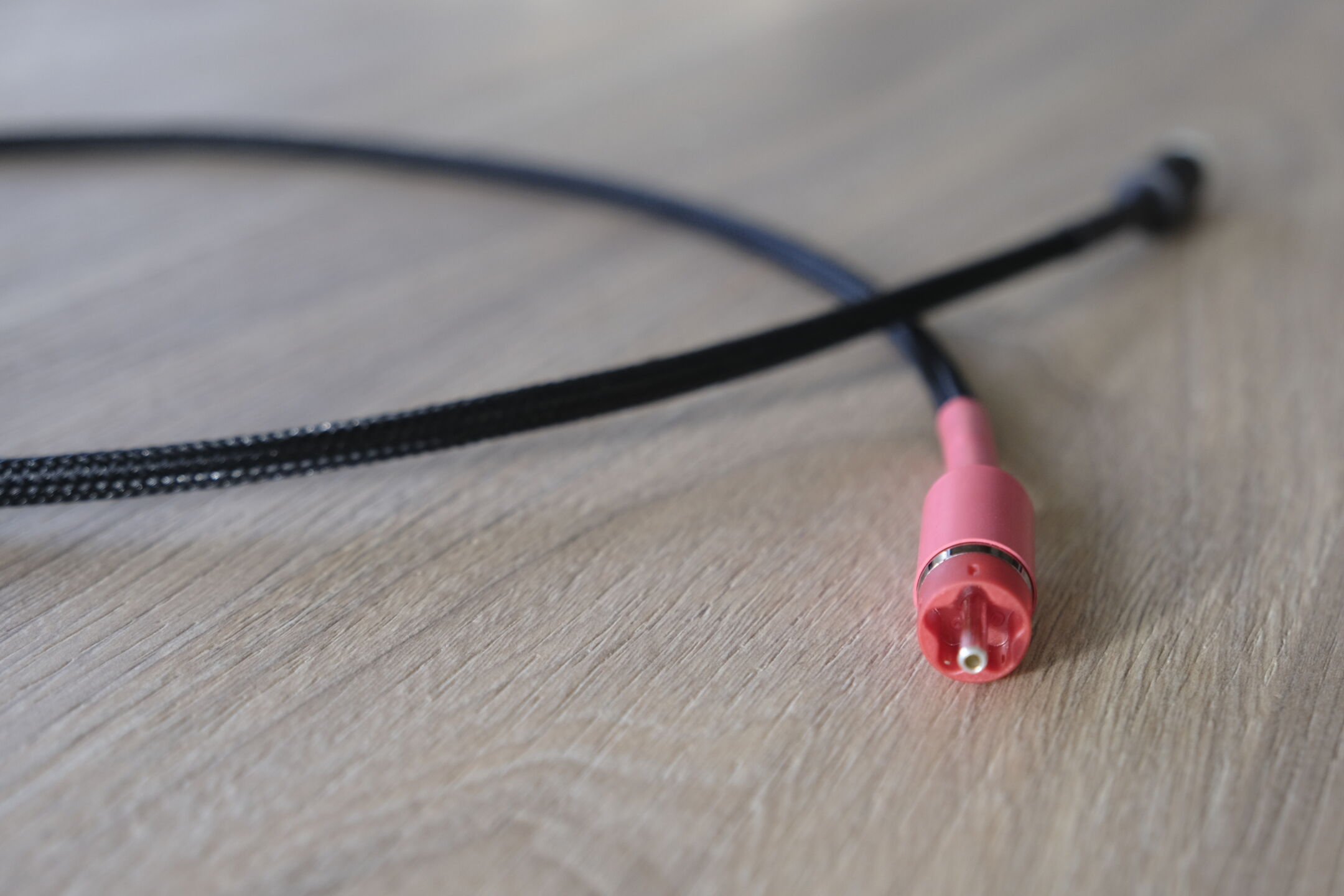

Intro
Contents
The avid Alpha-Audio reader will know that we are charmed by Swiss audio. In neighbouring Austria, there are also interesting audio brands but we haven’t been able to test many of them yet. We are therefore pleased to be able to listen to a network transport (streaming bridge) and DAC from the Austrian AYON.
Austrian hi-fi? Ehm, thinking of Austrian audio brands we can’t think of many well-known brands other than AKG (Akustische und Kino-Geräte Gesellschaft) and Pro-Ject (record players).
AKG (headphones and microphones) became part of the Harman Group (now Samsung) and in 2017 AKG’s head office and production facility in Vienna was closed down. A search for Austrian audio brands does not yield much and that is kind of awkward for a country that is full of music. Salzburg and Vienna breathe music; just think of Mozart, the Salzburg Festival, the Vienna State Opera, the Vienna Philharmonic. And who hasn’t slowly recovered from New Year’s Eve with the New Year’s Concert live from the Musikverein in Vienna on January 1st?
AYON that has been around for more than 20 years. Founder Gerhard Hirt started in 1994 with the development of vacuum tube amplifiers under the brand name Vaic Audio, made in Vicenza, Italy. Since 1999, AYON has been producing a complete line of audio products in which tubes form the common thread. In addition to speakers and cables, AYON uses tubes everywhere, including in the digital audio line of CD players and CD carriers, streamers and DACs.
Tu be or not tu be
Why tubes? There are several possible answers to this question.
Vacuum tubes are much more resistant to extreme situations, such as a nuclear disaster.
Chances are that in the midst of the ravages your tube equipment will still work. That will also be the reason military electronic equipment from the Russians is still based on tube technology.
More in the domain of audio we can assert that vacuum tube technology is very good at reproducing overtones in music, or harmonics. The French saying C’est le ton fait la musique could be appropriately translated by It’s the overtones, stupid.
The concert-A has a frequency of 440 Hz. If we would only hear this tone/frequency from a piano or guitar, the acoustic signature or timbre of the instrument is completely gone. It goes too far to discuss this theory in detail here. These two videos explain what we mean: one depicting the overtones of different instruments. And a video in which a basic tone is gradually given a overtone, up to the 94th harmonic! An Indian sitar is estimated to have 124 overtones.
What does all this have to do with vacuum tubes? Due to the properties of the components and the way the signal is amplified, tubes are very good at amplifying the overtones. They have a higher tolerance for dynamic differences in a music signal, where transistors or op-amps start clipping. According to AYON it is even so, that tubes mainly generate distortion in the second harmonic (one octave higher); transistors do this in the third harmomic (one fifth above the second harmonic). Because this is not an octave, we experience distortion in the third harmonics as disturbing and irritating.
Distortion sounds very heavy in this context; the distortion that guitarists look for in tube amps is of a very different order than what we are talking about here. In hi-fi, distortion is at a level of -40dB; however, because it concerns overtones and transient information, the difference is clearly audible in terms of sound characteristics, soundstage, timing and liveliness.
AYON of course uses tubes in its amplifiers, but there are also tubes in the digital line. The tubes are used in the power supply and in the analog part of the output stage. We are talking about the 6H30 tubes, developed by and for the Russian army. The 6H30’s are not only processed by AYON in its preamps, but also by brands such as Conrad Johnson and Audio Research.
The NW-T and the Sigma DAC we get from importer Mafico for review are already impressive in size and weight. Executed in heavy anodized aluminum and so big that they just fit on our audio rack. The round corners and the square shape soften the robustness somewhat. At the top grids that must dissipate the heat from the pipes. The message is clear; these are serious planes.







